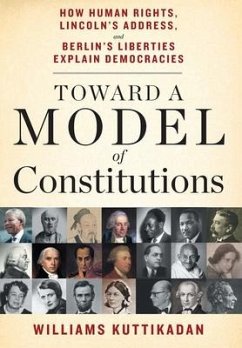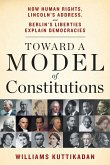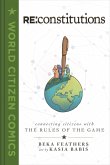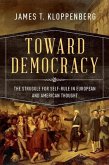Have you ever wanted a clear, visual guide to constitutions? Something so simple you could use it to explain essential constitutional structure to all your friends in under a minute? Toward a Model of Constitutions lays out the basic principles of democratic constitutions, from the separation of powers to the rule of law. Through this unique analytical framework of human rights, you'll understand constitutional logic better than the average lawyer, with figures and tables throughout the book to provide an accessible, visual perspective. What should our minimum expectations be while paying taxes? What should our minimum expectations be of democratic societies? Can democracies go bad? Obviously, if democracies are to improve, we must take political control back from big money. How do we do that? How do we ensure democracies are controlled by the people and not by big business? Toward a Model of Constitutions addresses all these questions and more.
Hinweis: Dieser Artikel kann nur an eine deutsche Lieferadresse ausgeliefert werden.
Hinweis: Dieser Artikel kann nur an eine deutsche Lieferadresse ausgeliefert werden.








